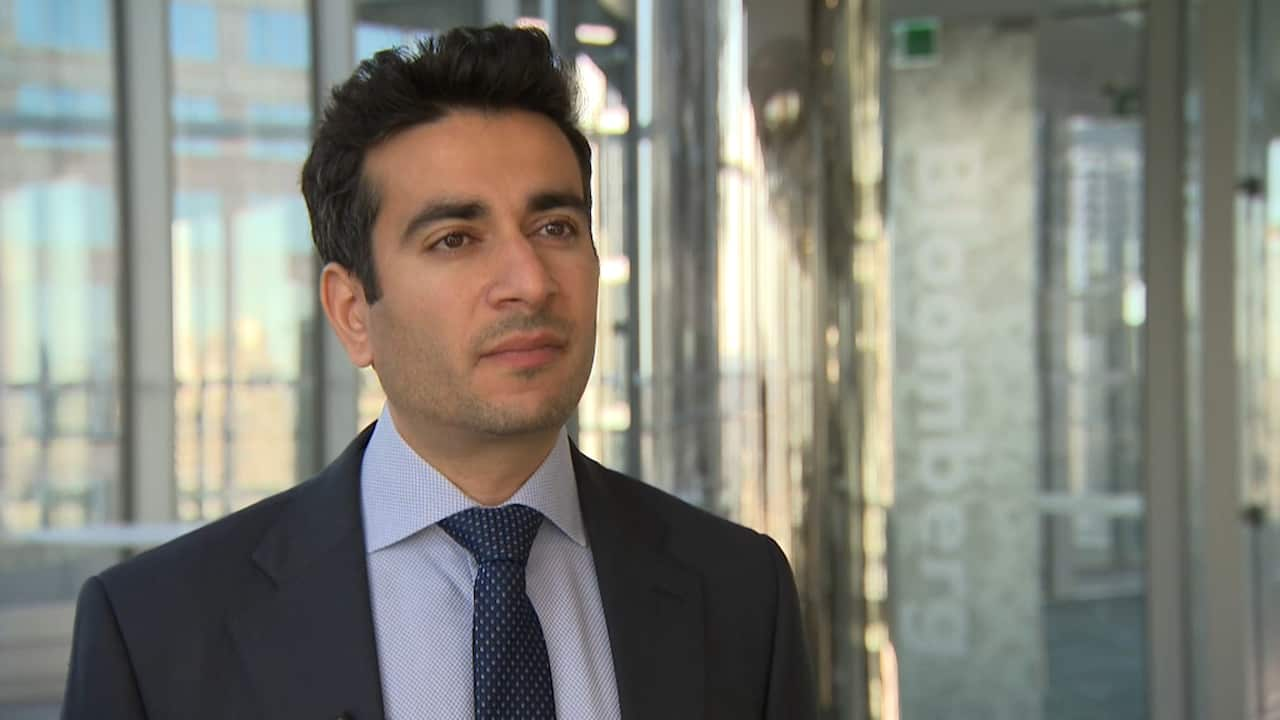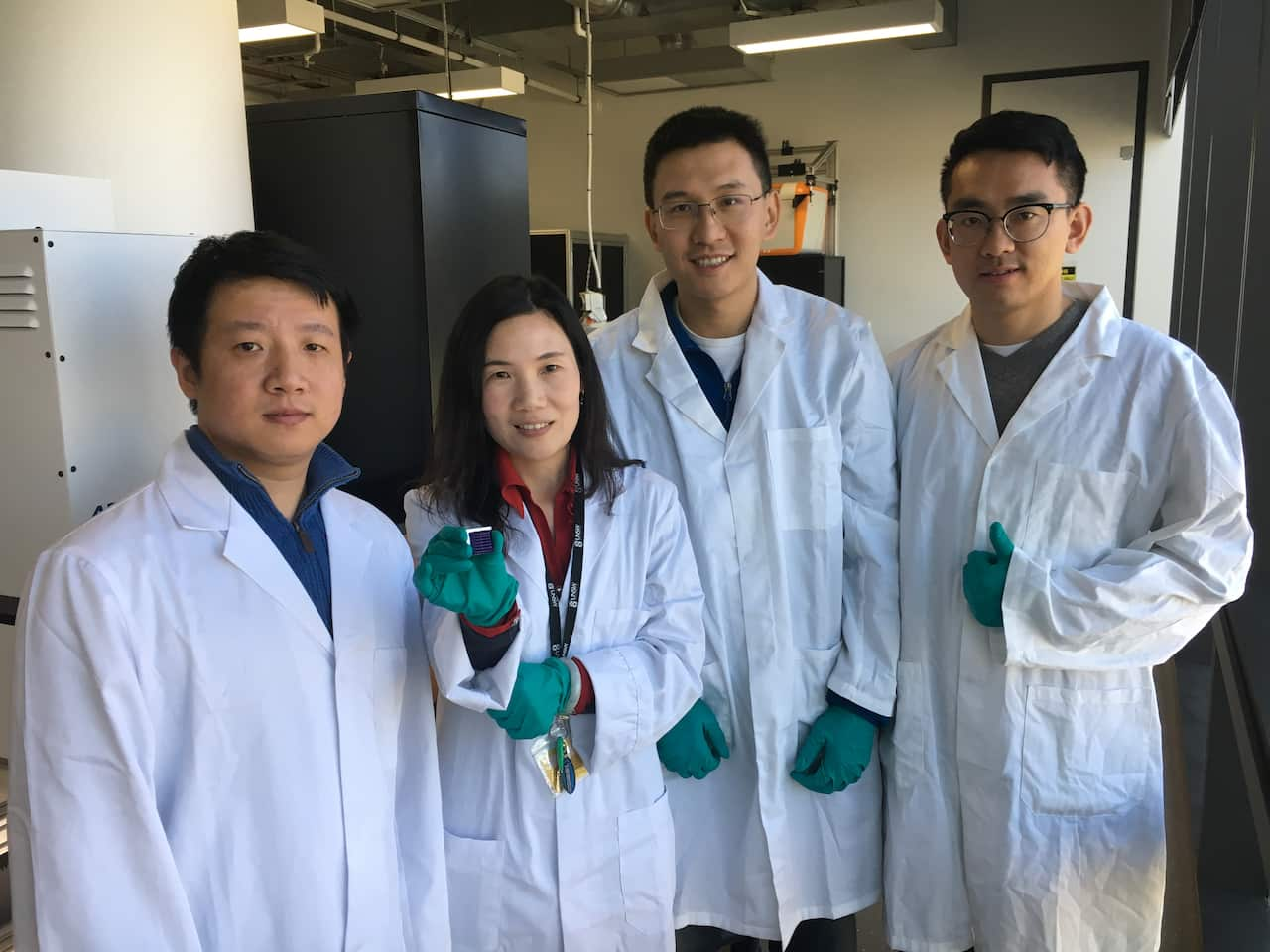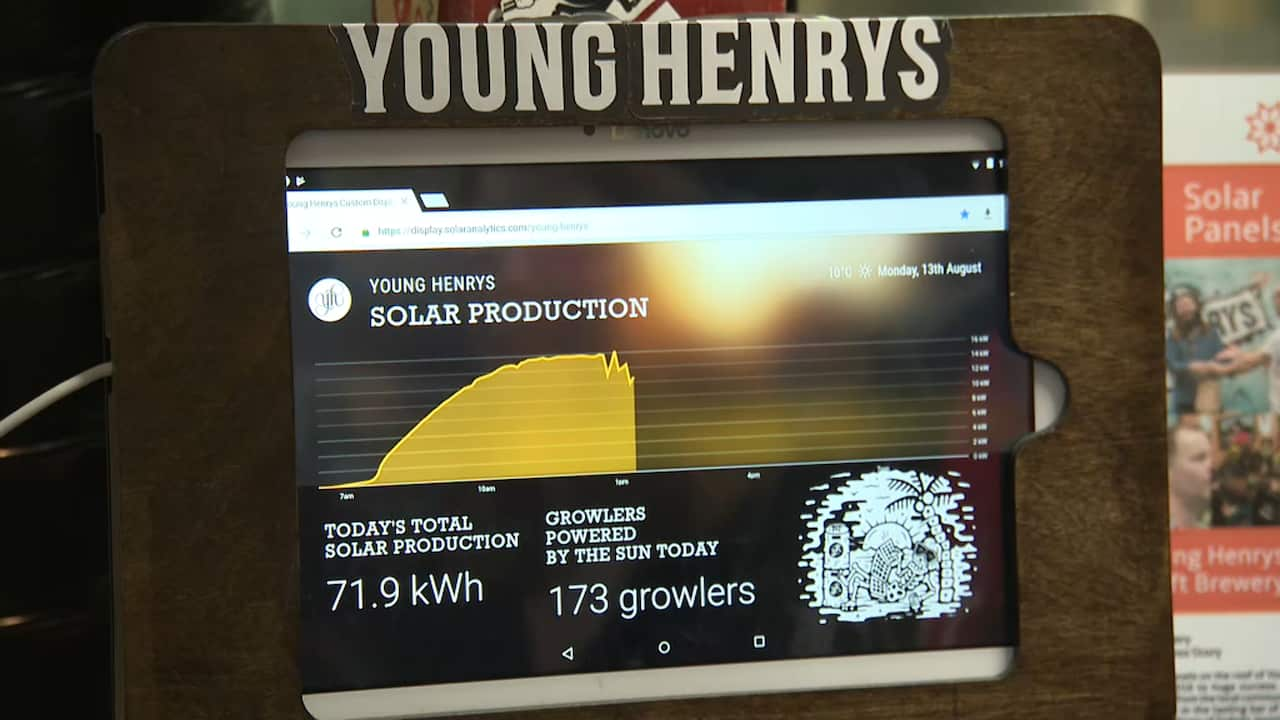This article is part of a series of SBS News stories marking National Science Week (11–19 August).
Engineers and scientists in Australia might start looking overseas for work if Australia’s energy pathway remains uncertain, an expert in the field has warned.
Kobad Bhavnagri, Australian head at research organisation at Bloomberg NEF, said the country's renewable energy future looks uncertain due to a lack of political direction.
“Australia may well be facing a big brain drain in new energy technologies after 2020," Mr Bhavnagri told SBS News. "Because there won’t be the projects getting built and the dollars being spent that put people in jobs.”
“The industry that's currently employing thousands of people and going gangbusters is probably going to come to a screeching halt,” he said.

Kobad Bhavnagri Head of Australia for Bloomberg New Energy Finance Source: SBS
Mr Bhavnagri's comments come despite record levels of investment in renewable energy, including wind and solar, with Australia on track to beat last year's record $8.5 billion investment in the sector.
South Australia has weathered political storms over its energy supply after a series of blackouts but remains a world leader for its use of renewables. But Mr Bhavnagri said it's not enough and long-term solutions are needed for Australia to compete internationally:
"Australia's pretty far behind because we still have electricity meters in our houses that a person has to come around and manually read on a sheet of paper.
“That's a really old school way of doing things and it doesn't allow you to run a smart power grid."
What are the solutions?
In a laboratory at the University of New South Wales, a small team, using even smaller materials, are trying to tackle the problem.
Dr Xiaojing Hao and her colleagues are at the forefront of the solar energy scene, working with low cost, thin-film solar cells they hope will one day be efficient enough to power cars and wrap around buildings.

Dr Hao and her research team at UNSW Source: SBS
“I think renewable energy, particularly solar photovoltaic energy can offer a glimmer of hope for the future,” Dr Hao told SBS News.
“To offer this kind of renewable energy we need to use some processes and also materials which don't pose any environmental concern."
The researchers have broken four world records, including one that was recently published in the Nature journal, by using natural copper, zinc, tin and sulphur (CZTS) to convert light to electricity.
The energy efficiency is currently beyond 10 per cent but not yet at a level that can be used in industry. But Dr Hao said the results are promising for a material that is abundant and cheap to produce:
“We feel we have more confidence now to further drive the efficiency to beyond 15 and 20 per cent.”
Community-powered beer
Elsewhere in Sydney, a smart power grid is the backbone of the Young Henrys brewery in Newtown, where customers can track the number of solar-powered pints poured each day.
The brewery collaborated with community energy organisation Pingala in 2015 to install a solar farm on its roof.

Solar powered beers at Young Henrys in Newtown Source: SBS
"It was something we wanted to do from the start it's something our community really cares about,” Young Henrys co-founder Richard Adamson said.
The solar-powered brewing process means the business avoids around 127 tonnes of greenhouse gas emissions every year. Spent grain from the brewing site is also given to farmers to be used as animal feed and Mr Adamson said the small business also watches its water usage.
"Coal power is becoming more expensive, the old coal-fired power stations are going,” he said.
“It's really up to business to be on the forefront of this ... and show that it can be done."
Share

